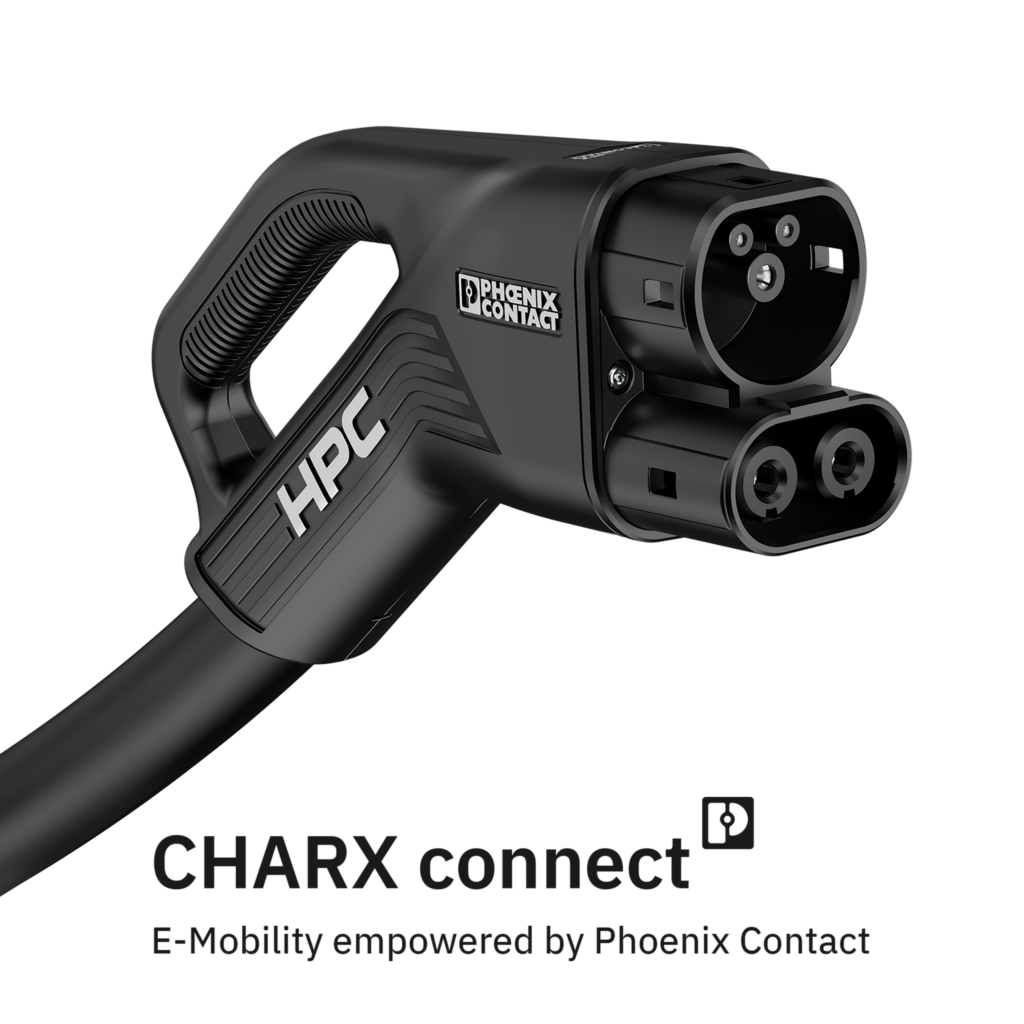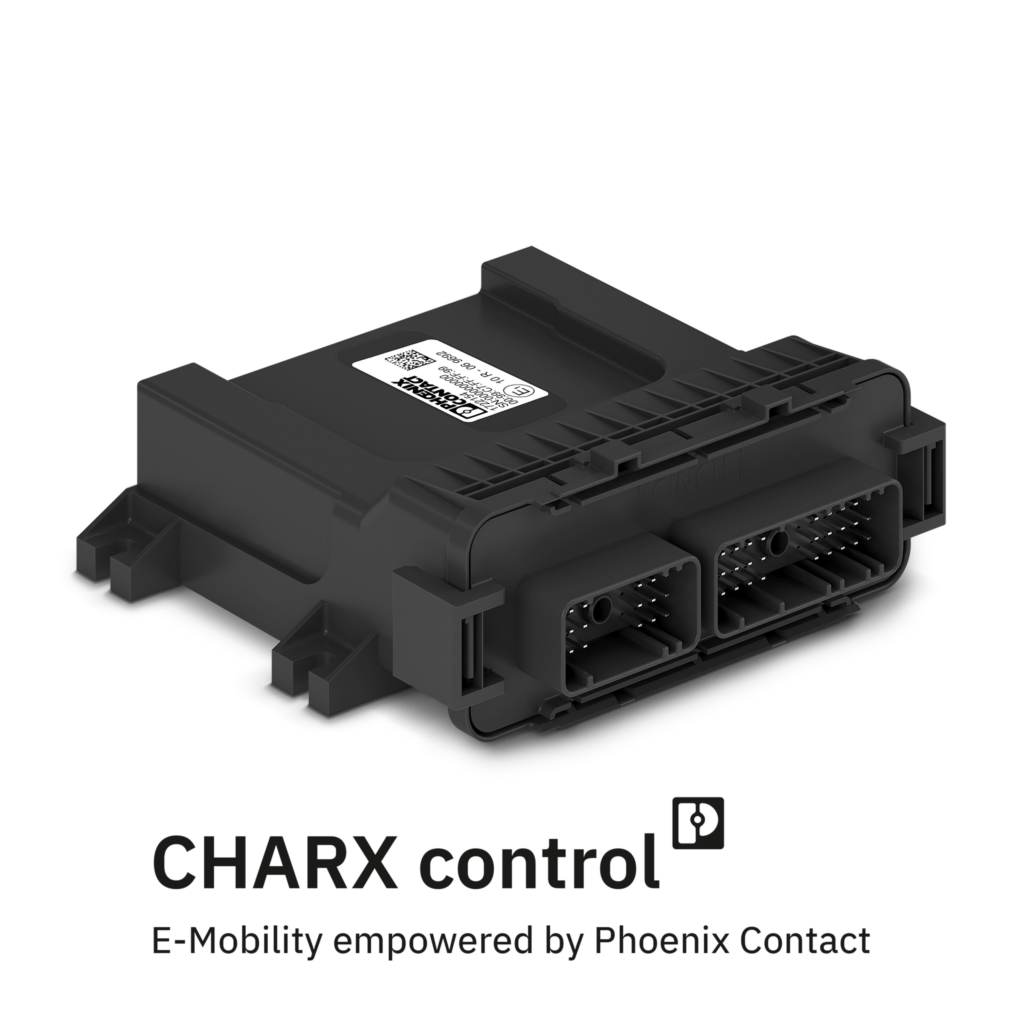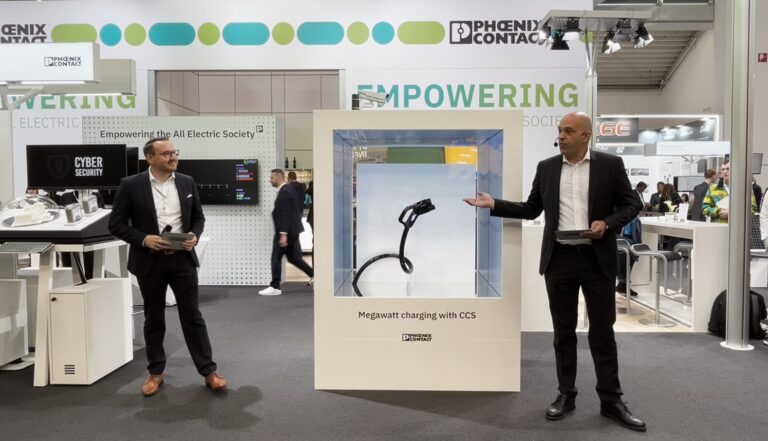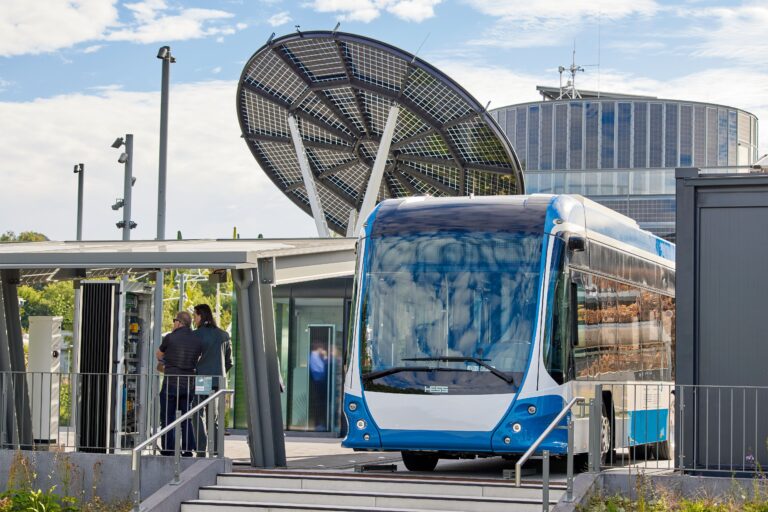EVS38 has once again shown that it is a central platform for exchange on the future of e-mobility and an excellent opportunity to find out about current trends and developments in the field of vehicle electrification.
The 38th edition of the International Electric Vehicle Symposium & Exhibition, one of the world’s most important events in the field of e-mobility. The annual rotating and most important trade fair and conference for e-mobility took place from June 15 to 18, 2025 at the Swedish Exhibition & Congress Centre in Gothenburg, Sweden. The focus of this trade fair was the Electric Vehicle Symposium with a diverse program on topics related to e-mobility, innovation and sustainability.
Simplified electrification through coordinated components
In his presentation “Driving the future – Simplifying the electrification of electric vehicles through coordinated components”, Rik Stellbrink, Global Product Manager at Phoenix Contact E-Mobility, focused on a key challenge facing the industry: the electrification of vehicles that are produced in small quantities – such as buses, trucks, utility vehicles and boats. While high-volume manufacturers can rely on customized solutions, such special developments are often not economically viable for smaller manufacturers.
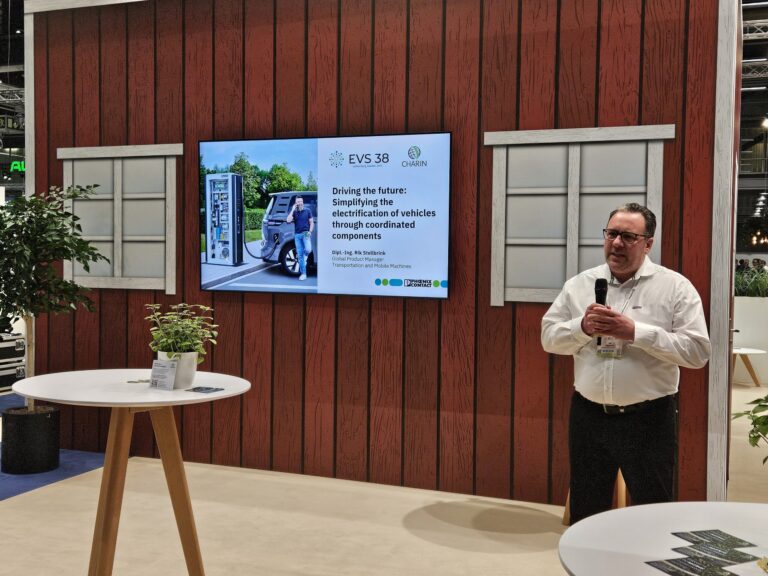
The solution:
Standardized, coordinated components that enable efficient and scalable electrification. This approach not only reduces costs, but also accelerates the market launch of new types of electric vehicles – a decisive lever for the energy transition in the transport sector, which accounts for around a third of global energy consumption.
At its heart is a sophisticated plug-and-play solution consisting of the universally applicable CHARX connect universal vehicle charging inlet for charging currents of up to 700 amps and the pre-configured CHARX control vehicle charging controller. This combination allows vehicle manufacturers simple, fast and scalable integration into their systems – particularly advantageous for the production of small series. The system solution is rounded off by the latest generation of the CCS megawatt charging connector, which has been specially developed for high charging powers in utility vehicles and electric cars.
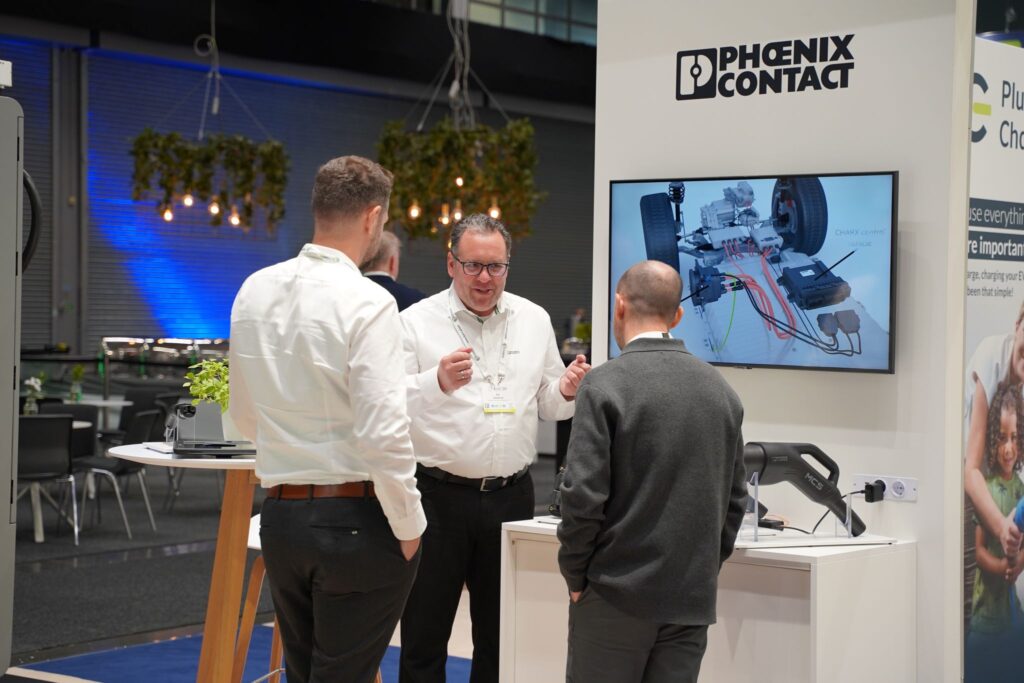
Focus on charging power: CCS, MCS and the future of interfaces
The charging infrastructure of electric vehicles is another central topic. Especially in the electric truck sector, the trend towards ever higher charging powers is continuing.
How much charging power e-mobility really needs and when CCS or megawatts make sense depends on the vehicle type and range of the vehicle. You can find out more about this in the blog post “CCS or megawatts? How much charging power does e-mobility really need – and when?” in which an EFORCE e-truck was subjected to a major charging test.
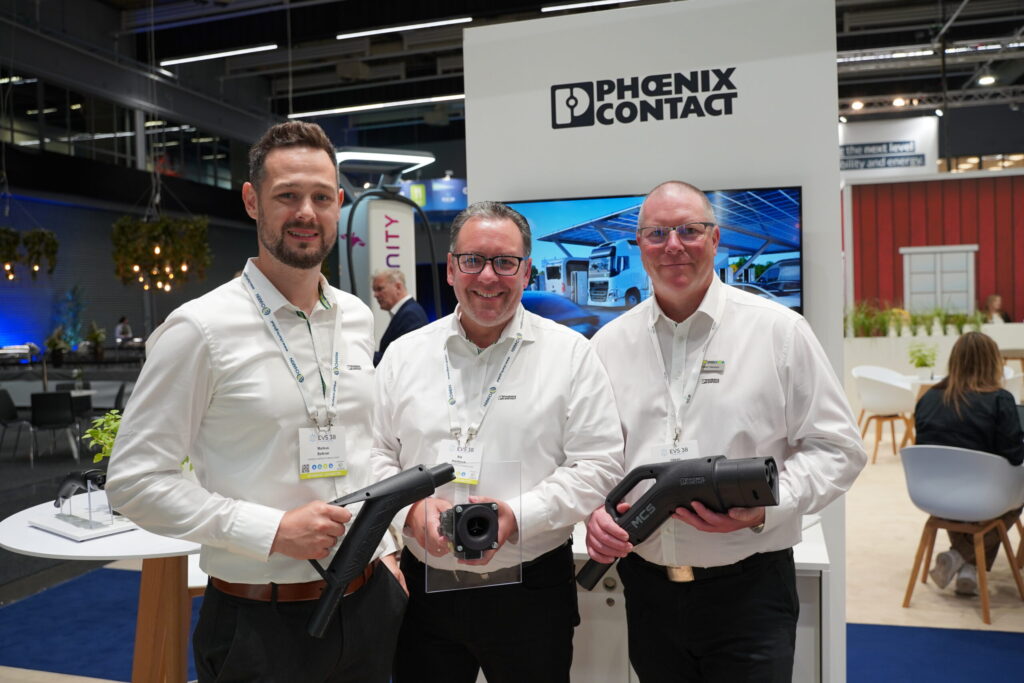
Electrification of vehicles as a joint project
EVS 38 has once again shown that e-mobility is a collective project. Only through close cooperation between technology providers, vehicle manufacturers, charging infrastructure manufacturers, politicians and the public can the transformation towards sustainable e-mobility be successfully shaped. Phoenix Contact sees itself not only as a solution provider, but also as an active part of an ecosystem – with the aim of driving forward the electrification of vehicles.
Jetzt passende Produkte entdecken
Here you will find a selection of relevant products – based on the topics and recommendations from our blog post.
